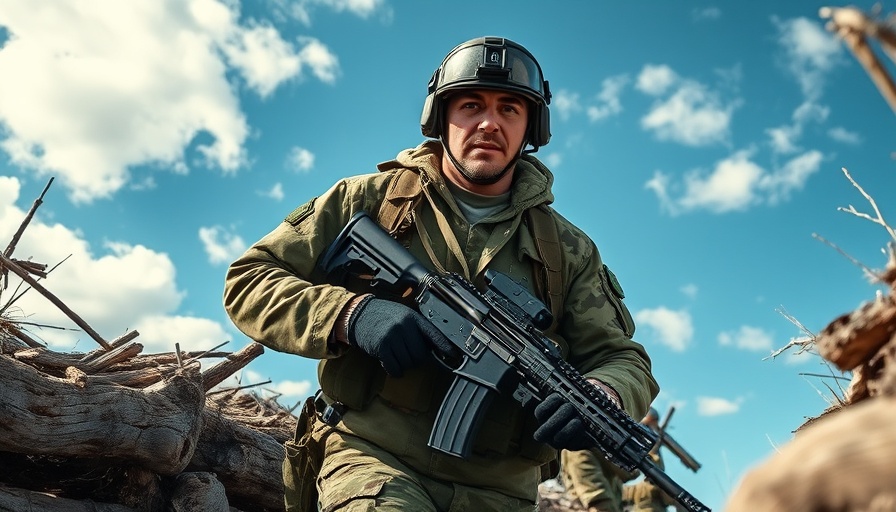
Russia’s Tactical Shifts: A Glimpse into Motorcycle Assaults
In the ongoing conflict between Russia and Ukraine, battlefield tactics evolve constantly. Notably, Russia has adopted motorcycle assaults as a crucial element of its military strategy, aiming to extend territorial gains in challenging environments. These high-speed, mobility-focused tactics have yielded mixed results, yet occasionally lead to successful advances.
Significance of the Positioning Near Pokrovsk
Strategically located, the Ukrainian town of Pokrovsk is critical in the broader campaign for control in Donetsk Oblast. As Russian forces inch closer, capturing an important segment of Ukrainian trenches signals a potential turning point in their operations. The assault tactics, particularly deploying motorcycle infantry, aim to overcome strong Ukrainian fortifications that have previously halted advances.
Understanding the Challenges of Motorcycle Assaults
While some assaults have shown effectiveness, they often come with heavy losses. Historical precedence dictates that military tactics involving rapid maneuvers like these can lead to significant casualties, as they expose forces to defensive positions without the cover of heavy armored units. The recent attempts have resulted in not just men but valuable equipment being lost, further complicating the Russian military's efforts.
Future Implications for Warfare
The use of motorcycles on the battlefield points to an emerging trend that crosses traditional military strategies with modern mobility concepts. As seen in these recent strategies, if Russian forces can refine their ability to exploit small gaps in enemy defenses, they may enhance their operational success. This evolution in tactics isn't just crucial for immediate gain in Ukraine; it could reshape how future conflicts are approached globally.
Conclusion: The Costs of Innovation in Warfare
As technologies and tactics merge in contemporary warfare, Russia’s motorcycle assaults exemplify a willingness to innovate despite significant risks. For military strategists and policymakers, understanding the implications of such tactics is essential for navigating future conflicts effectively.
 Add Row
Add Row  Add
Add 




Write A Comment